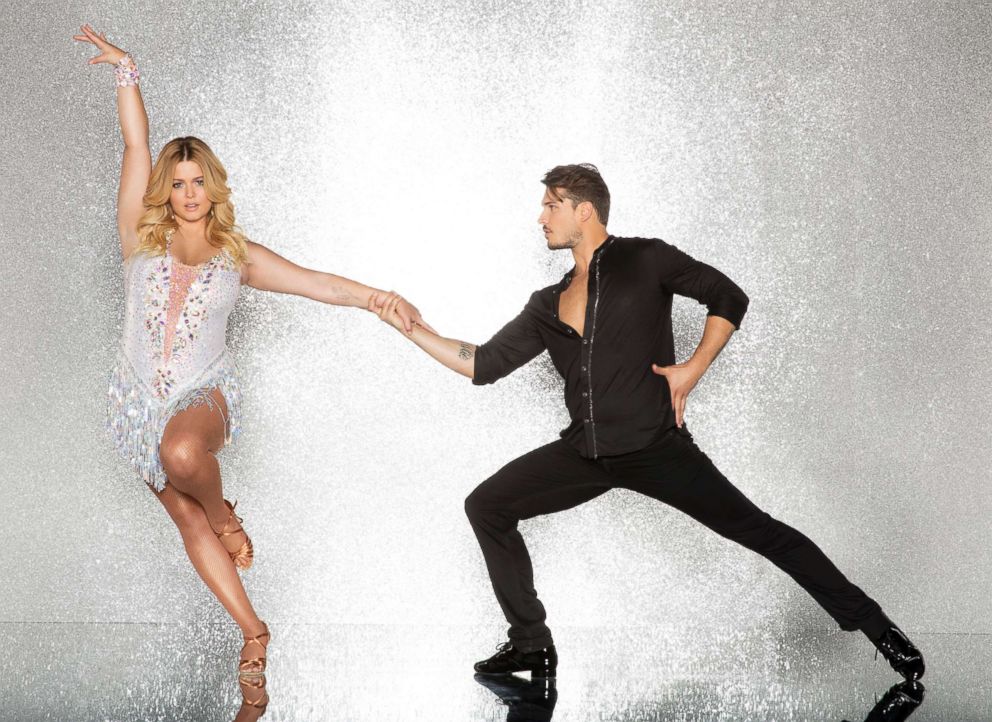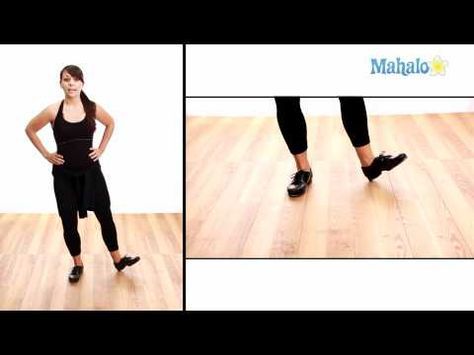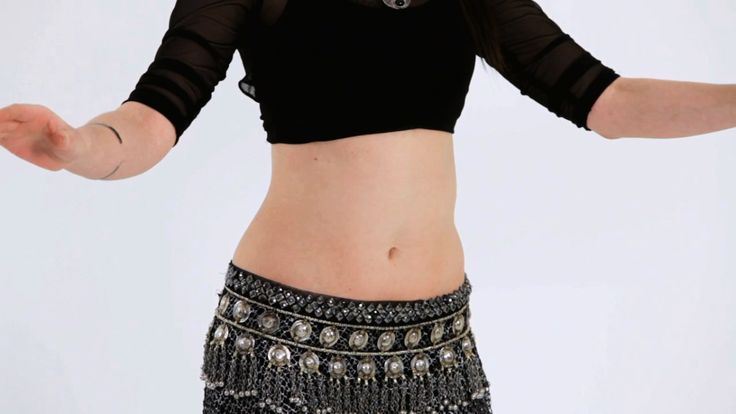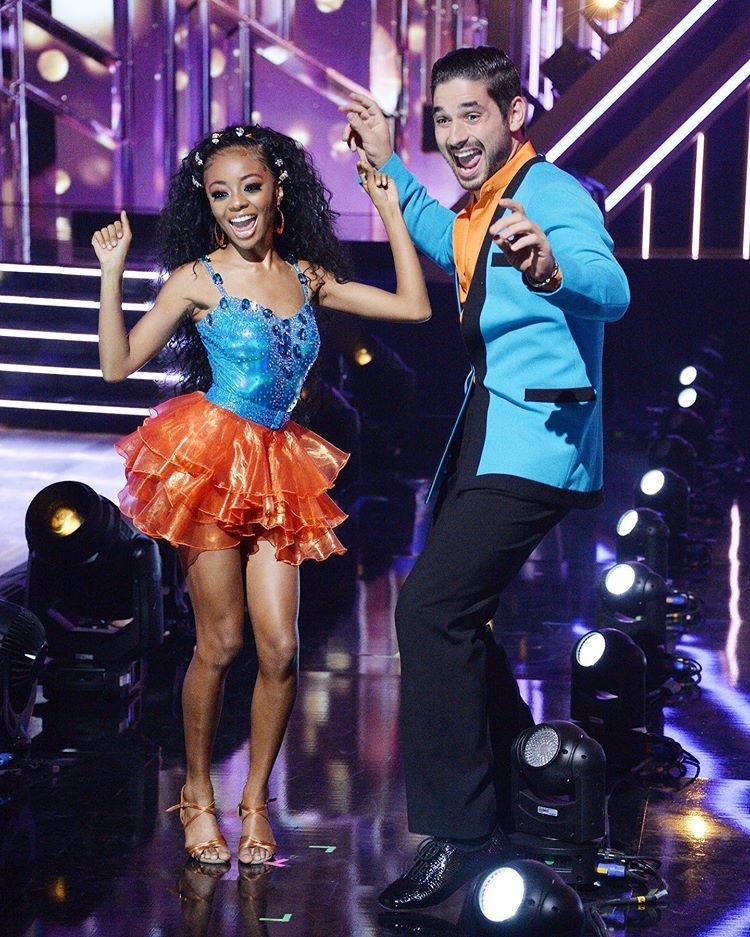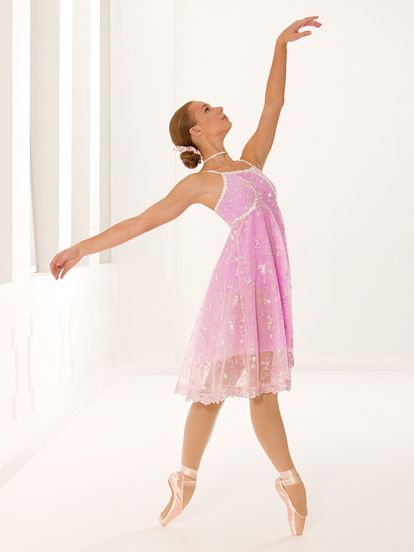How to dance sirtaki
Syrtaki (2*), Zorba’s dance – seuGreek – Folkdance Footnotes
*2nd Generation dance. A dance that developed and was disseminated in a non-traditional way. 2G dances are specific – have a fixed format designed to correspond with the arrangement of a particular recording., whereas 1G dances are generic – have a shorter sequence that works with live music – where many different songs are played and arrangements vary according to the tastes of musicians and dancers. For more on the differences between 1st & 2nd G dances click here.
Syrtaki is a media invention. When Anthony Quinn taught Alan Bates to dance in Zorba the Greek, he was performing a combination Vari Hasapiko and fast Hasapiko, choreographed by Giorgios Provias, to match the musical score written by Mikis Theodorakis. Starting slow and building up to a frenetic climax, it was a triumphant way to end a movie. Quinn had learned a more difficult dance, but sprained his ankle before shooting, so the final product is hardly a Greek dance at all.
When non-Greeks saw it, they thought it was a real Greek dance and soon tourists were demanding to be taught ‘Zorba’s Dance’. Since no such dance existed, everyone was free to do anything vaguely Greek that started slow and ended fast. Google ‘Zorba’ and ‘dance’ and look at the variations.
Someone started calling the dance Syrtaki, which means “little syrto” – a catchy name, even though the dance has nothing to do with a traditional Greek Syrto. It did however give the impression that Syrtaki was a real Greek dance, not just something from a movie.
If you want to dance a Syrtaki there are many printed dance notes you can learn. A better use of energy would be to learn Vari Hasapiko, Hassaposerviko, and fast Hasapiko. Then, instead of trying to perform someone else’s choreography, do what Zorba would do and dance as the spirit moves you!
A better use of energy would be to learn Vari Hasapiko, Hassaposerviko, and fast Hasapiko. Then, instead of trying to perform someone else’s choreography, do what Zorba would do and dance as the spirit moves you!
Start slow, doing variations on Vari Hasapiko, including the basic step if you can. Sometimes the music gradually increases to a tempo suitable for Hassaposerviko. Sometimes it jumps abruptly to fast Hasapiko speed. Sometimes it even slows and speeds several times. Have fun with it. More than any other dance, with Syrtaki there is no right way or wrong way.
Like this:
Like Loading...
Sirtaki or syrtaki - Famous Greek Dance
Sirtaki (alternatively spelled syrtaki) is one of the most popular Greek dances.
Opposite to common belief, sirtaki is not a traditional Greek dance , but was created and choreographed with the use of specific elements belonging to other types of Greek dance.
Sirtaki is actually the name given to the combination of various Hasapika dances. In fact, it was created in 1964 for the movie Zorba the Greek from the mixture of slow and fast versions of the known Hasapiko dance.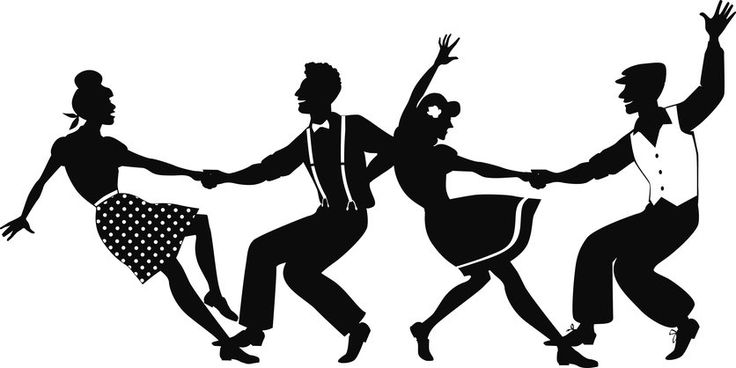
The birth of sirtaki dance
The name Sirtaki or Syrtaki comes from the Greek word “syro” and “syrtos” (which means dragged), a common name for a group of traditional Greek dances of the “dragging” style, which is opposite to pidiktos, the leaping type of dance.
In general, we can say that Sirtaki incorporates elements from both dances, the syrtos (in its slower part) and pidiktos (in its faster part).
In the most memorable and absolutely greater scenes from the movie Zorba the Greek, the homonym character Alexis Zorbas (who is played by Anthony Quinn), is asked by his uptight, boss, Basil (Alan Bates plays this man) to teach him how to dance – as a first approach to the Greek way of life.
Surprised, the spirited Zorba responds with the words: “Dance? Did you say, dance?!” And the movies ends with both men dancing sirtaki on the lovely Cretan beach of Stavros in Akrotiri Peninsula.
It was said that Anthony Quinn had a serious problem with his leg and could not actually dance, and he had to drag his leg in order to shoot certain scenes.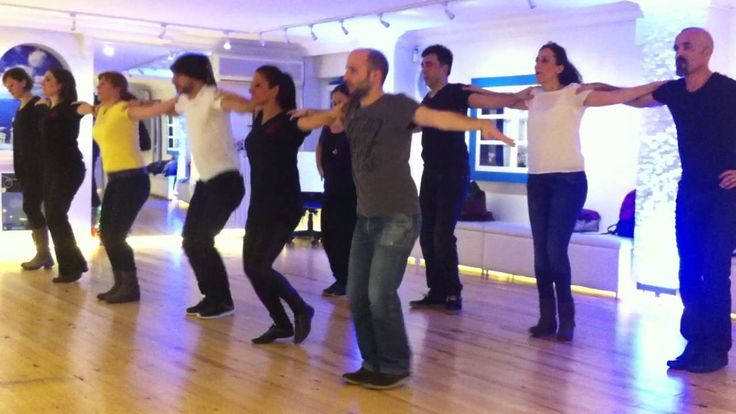 However the music composed by Mikis Theodorakis was inspiring and uplifting and gave the choreographer the chance to create this type of dance that would become internationally known and recognized.
However the music composed by Mikis Theodorakis was inspiring and uplifting and gave the choreographer the chance to create this type of dance that would become internationally known and recognized.
This dance which is shown at the end of the movie became much later the most distinctive Greek dance and was named Sirtaki.
Even if by chance, you haven’t seen Zorba, you have to be at least familiar the main title theme and the song, which, among other things, has been used at various commercials and sport events for years to uplift the spirits and encourage the fans to root for the home teams.
Sirtaki Choreography
Sirtaki is danced in a line – and in some cases in circle formation – with the hands holding the other person’s shoulders. Line formation is considered the traditional way of dancing.
The sirtaki is danced mainly in live stages and music taverns in Greece along with the traditional dances such as the Zembekiko, Tsifteteli and Karsilamas.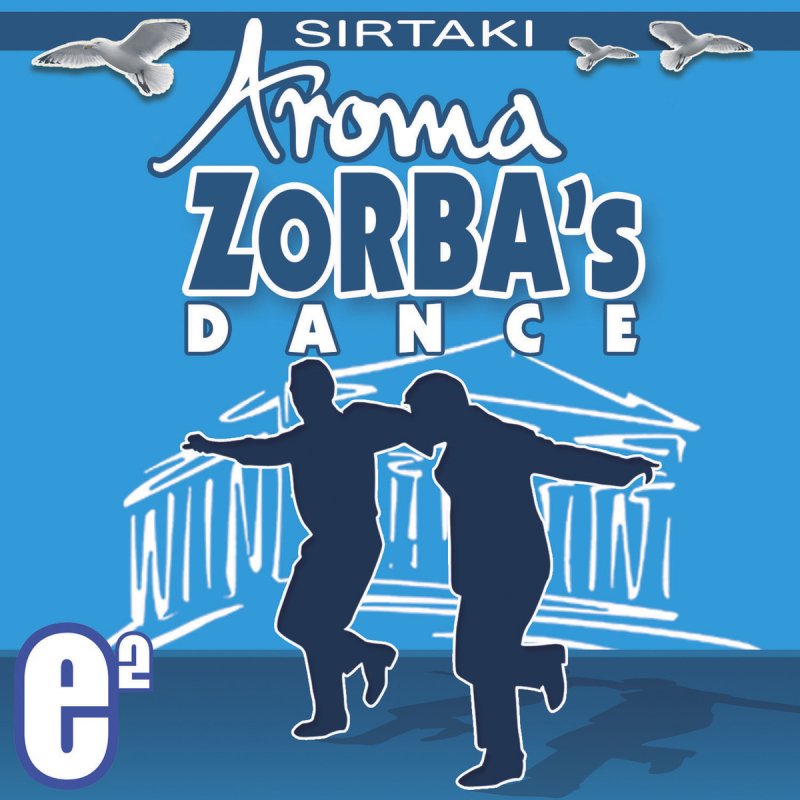 In this case it is usually danced in lines of five to ten persons, but anyone can join in. If you visit Greece and join a Greek night you will see that sirtaki is danced by dance groups.
In this case it is usually danced in lines of five to ten persons, but anyone can join in. If you visit Greece and join a Greek night you will see that sirtaki is danced by dance groups.
The dance meter is 4/4, with an increasing tempo, and often the sequence changes to 2/4 in the fastest parts.
Accordingly, the dance begins with slow and smooth moves that gradually transform into fast , vivid actions that include leaping and hopping – which are both fun to do and watch.
Meaning of Sirtaki
Although not a typical or traditional Greek dance, Sirtaki is probably the most popular one, not only due to Zorba’s charming figure, but because it is an indispensable and expressive part of Greek kefi, which is the Greek way of having fun.
Besides being a physical and emotional way to express feelings, this dance, in other words, is associated with the unleashing of the Greek spirit and the collaboration of spirit, body and mind at the same time.
During sirtaki dance, the social bonds among men and women and among the group of dancers regardless of gender, age or any other difference , as well with the overflowing emotions that create and sustain kefi, are absolutely authentic.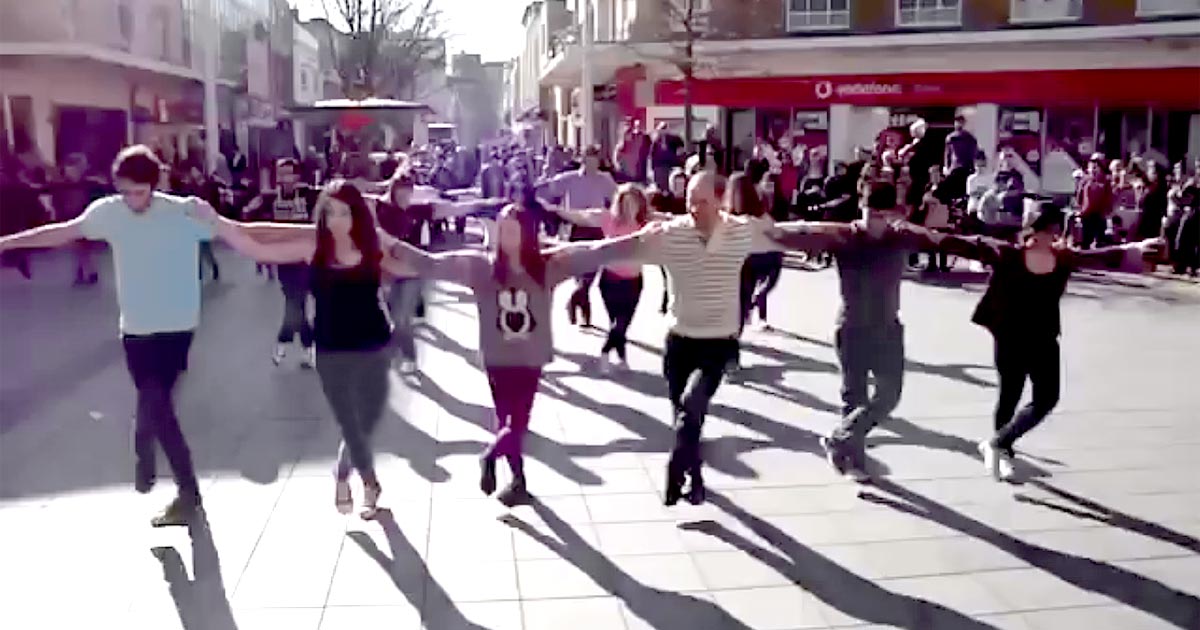
It is hard to explain, but once you dance Sirtaki for the first time you will feel as if you are part of a greater group, even if you don’t know the rest of people dancing with you.
Whatever your nationality, political theory, age, gender, social status, or even skill level on dancing Sirtaki, it is not possible not to feel “Greek” and experience kefi . Put differently, this amazing experience of participating in a group of people who dance together under the same spirit and kefi encourages and challenges each one of us to let our inner “Zorba free.”
Categories Greek Music Tags folk dances, sirtakiOnline training sirtaki. Main movements (photo, video)
3
+3
0
| Folk dances
Dances of the peoples of the world
Sirtaki online training. Main movements (photo, video)
Sirtaki folk dance has long ceased to be only Greek. It actively spread throughout the world, helping anyone who wants to become addicted to one of the pearls of the great culture of the Hellenes. All dance movements of sirtaki are not difficult, so do not be shy - try to dance sirtaki with us! nine0004
It actively spread throughout the world, helping anyone who wants to become addicted to one of the pearls of the great culture of the Hellenes. All dance movements of sirtaki are not difficult, so do not be shy - try to dance sirtaki with us! nine0004
Movement "back and forth"
To make our lesson easier to perceive, we will describe this basic dance movement for each count. Please note that the element is performed for 10 counts:
• "One" - slowly make a throw with the right foot forward with a small jump on the left foot;
• "Two" - slowly move to the right foot with support on both, slightly bouncing back;
• "Three" - take a step with the left foot back, relying on both feet;
• "Four" - slowly transfer the weight of the body to the right leg to the side; nine0002 • "Five" - quickly take a step forward with the left foot, strongly bending the knees;
• "Six" - quickly transfer the weight of the body back to the right leg;
• "Seven" - we put the left foot to the right, leaving the support on the right foot;
• "Eight" - we take out the left foot on the toe diagonally forward and to the right;
• "Nine" - again quickly put the left foot to the right;
• "Ten" - quickly move the left leg diagonally forward and to the right, transferring the weight of the body to it.
Knee Bending
Let's also present this movement in detail:
• "One" - quickly and widely cross the right leg in front of the left and bend the knees;
• "Two" - remain in the same position;
• "Three" - quickly straighten up, shaking the body;
• "Four" - quickly transfer the body weight to the left leg;
• "Five" - "eight" - we perform the same as for "one" - "four", but with the right foot, back and to the left;
• "Nine" - perform the same forward movement; nine0002 • "Ten" - we straighten up and proceed to perform the "back and forth" movement.
As we can see, these movements are very simple and interconnected with each other. Watch in the video how this dance is performed by recognized sirtaki masters.
Watch in the video how this dance is performed by recognized sirtaki masters.
sirtaki, knee bender, back and forth, greece, hellenes, 10 bills
Share a link
Comments
Blogs
- Popular posts
- All entries
- Mosaic of site
- Last comments
- All blogs
- Technical support
- Site statistics
- FAQ
Blog tags
Find a tag:
Follow @4dancing
4dancing
Small mosaic
large mosaic
Do the Greeks dance "Sirtaki" and what is "Zeybeko"? nine0001
Sirtaki is a Greek group dance based on elements of Greek folk dances. When performing it, the dancers, taking each other by the shoulders, form several parallel lines (ranks), the music size is 4/4; the pace of the dance gradually increases from slow to very fast. (New explanatory and derivational dictionary of the Russian language. Author T. F. Efremova).
Since childhood, I was sure that in Greece “sirtaki” is like “kalinka-malinka” for Russians, “lezginka” for Georgians, and “hopak” for Ukrainians. Moreover, after the famous performance of “sirtaki” by the choreographic ensemble under the direction of I. Moiseev, for some reason it seemed to me that the Greeks almost walked through the streets in an embrace, making famous knees with their feet.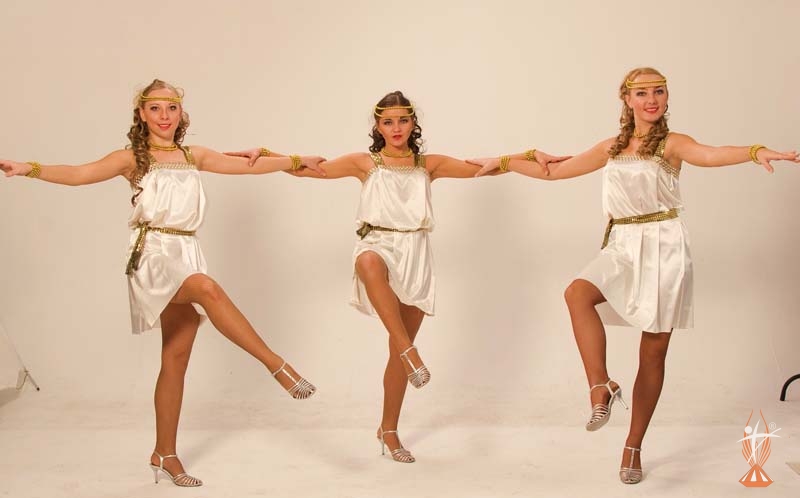 But what is it really? nine0004
But what is it really? nine0004
Actually, "sirtaki" is not a popular dance. It is not even popular. In the sense that he has a specific author of music and the first performer of movements is known. And in Greece it is called the "Zorba dance" after the name of the main character from the film "Zorba the Greek", which was released worldwide in 1964 and received three Oscars.
It happened like this: when the film was being shot, the main character (American actor Anthony Quinn) had to dance the folk dance "Syrtos", common in the island part of the country, to the music of the famous Greek composer Mikis Theodorakis. But on the eve of filming, Anthony Quinn injured his leg and was unable to perform fast movements, as required by the choreography. Then he began to dance slowly, to the best of his ability, adding his own elements and gradually increasing the tempo. As a result, a new dance "sirtaki" (small "sirtos") was obtained. nine0004
Due to the wide popularity of the film all over the world, “sirtaki” began to be perceived as a Greek folk song. Later, the Greeks themselves believed that this was so: there are many variations on the theme of this dance. But they rarely dance it. I think because at least three people need to know the basic movements and be able to perform them in sync, which requires prior rehearsal. But for tourists, at any performances, artists perform it with inspiration.
Later, the Greeks themselves believed that this was so: there are many variations on the theme of this dance. But they rarely dance it. I think because at least three people need to know the basic movements and be able to perform them in sync, which requires prior rehearsal. But for tourists, at any performances, artists perform it with inspiration.
I saw the sirtaki dance only once in a tavern with friends. And the waiters performed it in the breaks between their main work, exclusively at the request of foreign guests. Of course, the dance was in a simplified version, but the audience applauded vigorously. nine0004
What are the Greeks dancing about?
Zeibekiko is very popular: nowadays it is danced both at family celebrations and in taverns. The dance is single, male, requiring only a small space around. The movements are very reminiscent of the movements of a drunk person. There is even a “somersault” when a dancer from a sitting position grabs a filled glass with his teeth without the help of hands, from the floor, and, rising, drinks the contents, then puts it back.
But this is now. In the old days, the attitude to dance was different. "Zeybeko" was brought with them by Greek repatriates who came from Turkey to Greece after 1922 years during the "exchange of peoples". Initially, it was a dance of sorrow and expression of sorrowful feelings. The dancer, with the help of body plastics, seemed to “mourn” death, unfulfilled dreams, the loss of his beloved, demonstrating the idea that a real man is not ashamed to show his pain. “Zeybeko” does not give courage, the people said. “But a person must be brave to dance it.”
Women were forbidden to perform this dance, because it was believed that she, expressing her longing in the dance, defames the man who came with her. And in general, it was implied that women are too weak to dare to demonstrate their grief. Today, some ladies dance "zeybeko", but to be honest, it looks ridiculous: as if a woman began to squat. nine0004
The dance is completely improvised, as they say, "from the heart": there is no definite sequence of movements.

